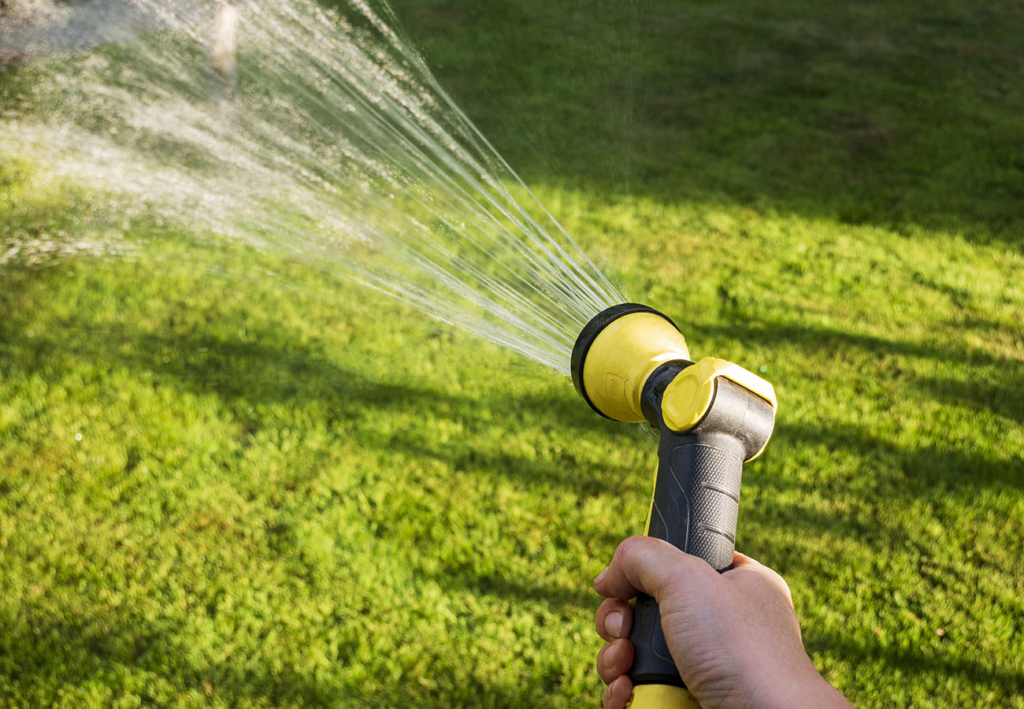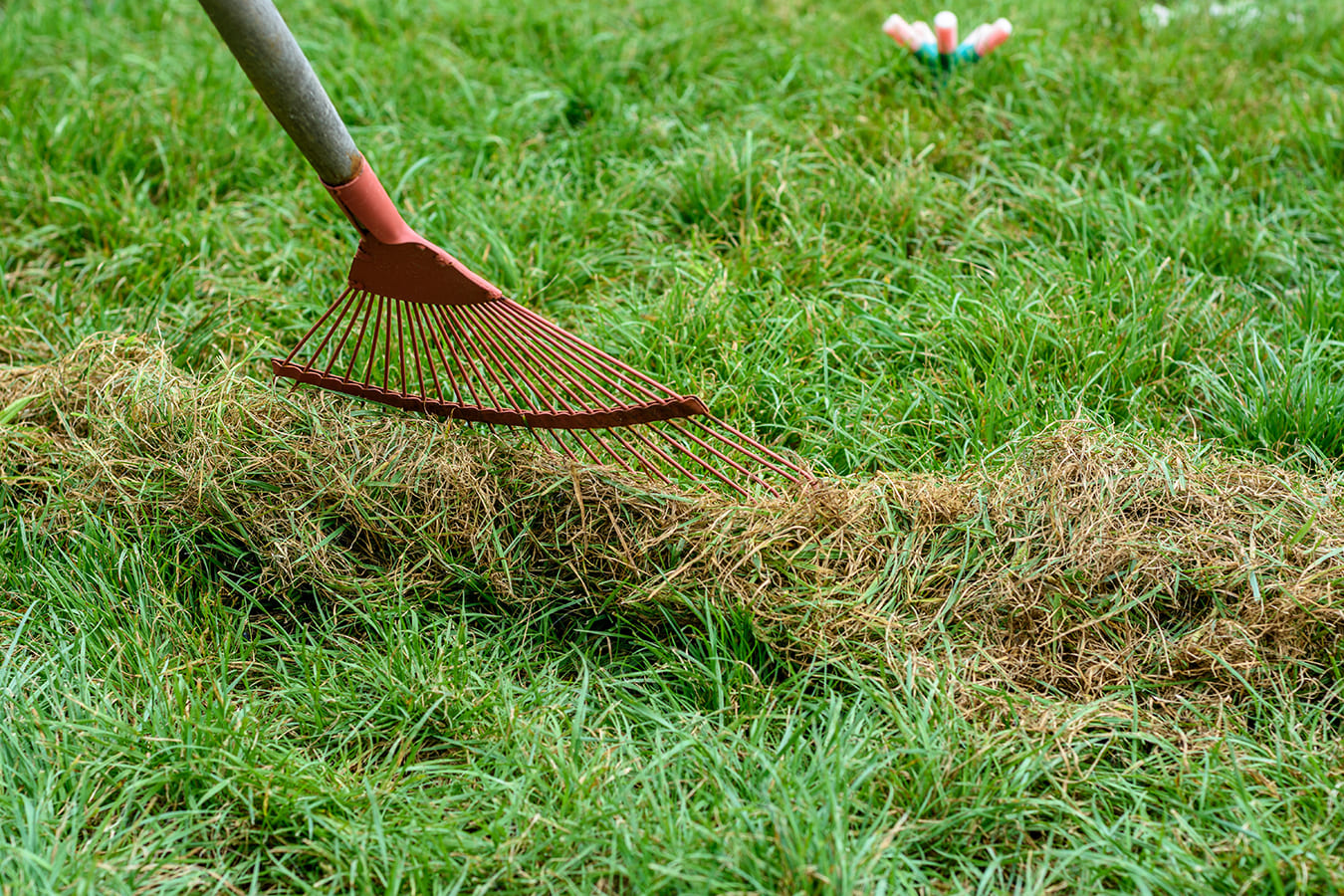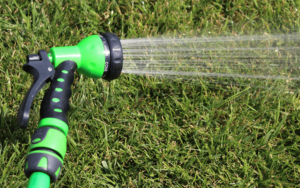Maintaining a lush, healthy lawn throughout the year can feel like a challenge, especially with Australia’s diverse climates. However, with proper care, the right products, and some strategic planning, you can keep your lawn thriving regardless of the season. Here’s how to achieve a yard you’ll be proud of all year.
Understand Your Lawn’s Needs
The first step to maintaining a healthy lawn is understanding its specific requirements. Your region’s climate, soil type, and grass variety all play a role in determining the care your lawn needs.
Choosing the Right Grass
Selecting a grass variety suited to your local climate is crucial. Cool-season grasses, like fescue, thrive in southern regions, while warm-season varieties, such as buffalo or couch grass, are better suited to hotter, northern areas. Choose a variety that matches your lawn’s environment to give it the best chance to flourish.
Fertilising for Year-Round Growth
Proper fertilisation is essential for a thriving lawn. Fertilisers provide your grass with the nutrients it needs to grow strong, stay green, and resist weeds and pests.
Seasonal Fertiliser Applications
- Spring and Summer: Use nitrogen-rich fertilisers to encourage growth and vibrant colour.
- Autumn: Transition to a fertiliser with more potassium to strengthen grass for the cooler months.
- Winter: Apply a slow-release fertiliser sparingly to support root health.
Organic Options
Consider organic fertilisers for an eco-friendly approach. These are great for improving soil health while minimising environmental impact.
Keep Weeds and Pests Under Control

Weeds and pests can wreak havoc on your lawn if left unchecked. Stay ahead of these challenges with preventive measures and targeted solutions.
Tackling Weeds
- Hand-pull or spot-spray isolated weeds early to prevent them from spreading.
- Use a pre-emergent herbicide in spring to stop weed seeds from germinating.
Managing Pests
Monitor for common pests like lawn grubs and armyworms. Biological controls, such as introducing beneficial nematodes, can be effective, or opt for pest-specific treatments when infestations occur.
Watering for Optimal Health
Watering correctly is one of the most important factors in lawn care. Overwatering or underwatering can lead to problems such as shallow root systems or dry patches.
When and How Much to Water
- Morning is Best: Watering early allows the grass to absorb moisture before the day’s heat.
- Deep and Infrequent: Water deeply but less frequently to encourage deep root growth.
- Adapt to the Season: Increase watering during summer and reduce it in winter to match your lawn’s growth patterns.
Aerating and De-Thatching
Over time, lawns can develop compacted soil or excessive thatch (a layer of organic material on the soil surface), which hinders healthy growth.
Aerating
Aerate your lawn annually, particularly in high-traffic areas. This process creates small holes in the soil, allowing water, air, and nutrients to penetrate deeply.
De-Thatching
If your lawn has a thick thatch layer, use a dethatcher or a rake to remove it. Doing this every few years helps keep the grass healthy and resilient.
Adjust Care for Each Season
Seasonal changes bring varying challenges for lawn care. Tailor your approach to ensure your yard looks its best all year.
Spring
Spring is the time for rejuvenation. Fertilise, overseed bare patches, and start watering more consistently as temperatures rise.
Summer
Summer heat can stress your lawn. Focus on deep watering, mowing higher to shade the soil, and applying pest controls as needed.
Autumn
Prepare your lawn for winter by fertilising with a potassium-rich product, aerating, and clearing fallen leaves to prevent fungal growth.
Winter
While growth slows in winter, regular mowing may still be necessary. Water sparingly and monitor for diseases like mould or rot.

Simple Lawn Care Habits
Adopting consistent lawn care practices will save you time and effort in the long run.
Mow Smartly
Set your mower blade high to avoid cutting too much grass at once, which can stress the lawn. Mow frequently during peak growing seasons but less often in winter.
Monitor Soil Health
Healthy soil is the foundation of a great lawn. Test your soil regularly to identify pH imbalances or nutrient deficiencies and address them with appropriate amendments.
Mulch Grass Clippings
Leave clippings on the lawn after mowing to act as a natural fertiliser, returning valuable nutrients to the soil.
Why Lawn Care Matters
A well-maintained lawn does more than boost your property’s aesthetic appeal. It also provides environmental benefits, such as improving air quality, reducing urban heat, and supporting biodiversity. Plus, a lush, green yard creates an inviting space for outdoor activities and relaxation.
Conclusion
Keeping your lawn in top shape all year round requires attention to detail and regular maintenance. By understanding your lawn’s unique needs and adjusting care practices seasonally, you can create a healthy, vibrant yard that stands the test of time. Whether it’s choosing the right fertiliser, staying on top of weeds and pests, or adjusting your watering routine, these steps will set you up for success. Get ready to enjoy a lush oasis right in your backyard!





